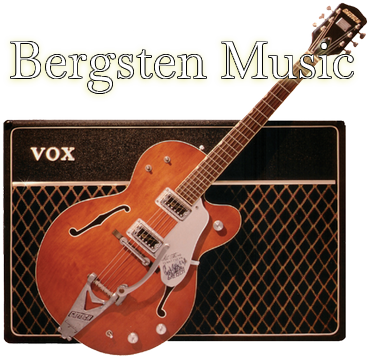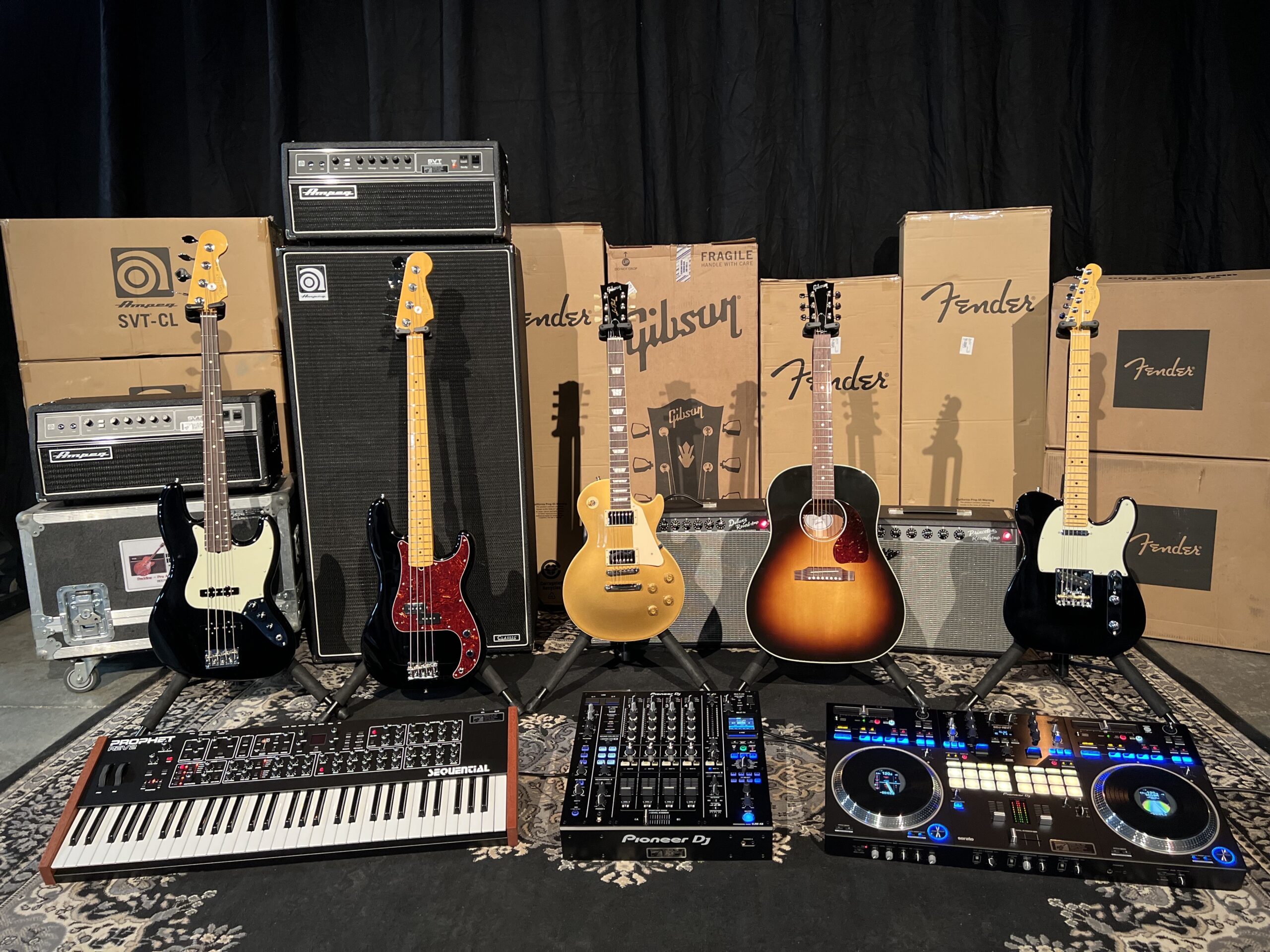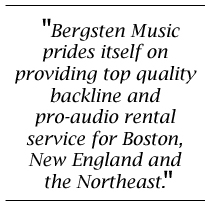Category Archives: Resources
How to know which acoustic guitar is right for you
How to know which acoustic guitar is right for you…. Oh the choices! If you’re in search of a new acoustic guitar, do you know how to determine which is the right one for you? The market is flooded with all kinds of types and styles which can be discouraging to those who don’t necessarily know where their preferences lie.
Whether you’re a traveling artist relying on backline companies around the country to supply your gear- or you’ve just learned how to play and want to invest in your first guitar… it’s always important to know what to look for when you’re about to spend money on an instrument. After all, your connection with your guitar is a very personal one that should inspire you to play it for many years.

1. Skill Level
Understanding your skill level is the first step to making sure you end up with the right guitar for you. If you’re a new player, you should know right off the bat that it may not be in your best interest to invest in a high end model.
If you are a seasoned performer, then chances are by now you know what you have and haven’t enjoyed on the best guitars you have played thus far. Be sure to reflect on your experiences with the different brands and styles you’ve come across so you can slowly add or eliminate features throughout your search.
2. Purpose
Will you be on the road, playing shows with your band every night, participating in open mics and performing out in the open for people on the regular? Or will you be more of a casual “play at home” musician- a hobbyist if you will?
If you’re asking, “why does this matter?”- the answer is simple. If you intend to be out and about performing for the masses, you may be better of investing in an acoustic-electric rather than a standard acoustic. It is best to understand what your intentions will be with your instrument before making a purchase (or rental) so you can get the most out of it for what you need. The last thing you want is to realize you didn’t make the right call and have buyer’s remorse!
3. Budget
Some may say budget is the first and most important aspect to the purchase (or rental) process- which in some respects is very true… however, one thing to consider is the potential return. For example, if you’re an experienced player out to upgrade from the guitar you currently have- consider the money you may be earning from your performances when determining your budget.
Some simple math will help you reason with yourself – if it will take you 10 paying gigs to pay off the cheaper guitar, and 20 paying gigs to pay off the better, more expensive one- it’s time to weigh your options. What is most important to you? Saving a few bucks or spending a little more to get you the perfect fit? Also, stay realistic. If there is a way to end up with 9 out of 10 features while still playing nice with your wallet- go for it.
4. Body
So you’ve addressed your skill level, determined the purpose, and have a basic sense of how much you can spend. Now it’s time to get into the specifics. Though acoustic guitars share the same basic design and construction, there are many different factors that differ their playability and sound.
It is important to pick a guitar that will not only feel comfortable to hold and play, but one that also has the sound you are looking for. Body style, neck width and length are all crucial variables in your search for the right instrument. The body is made up of the soundboard, which is supported by internal bracing; the sides and the back -which create a hollow chamber. Key terms that also help describe the body include: upper bout (upper body curves), lower bout (lower, larger body curves) and the waist (area between them). The soundhole is aligned with the waist and is where the sound is projected through the instrument. Strings are mounted at the bridge (which transmits string vibrations to the top – creating sound) with pins which hold them in. A saddle helps space out the strings- usually made of bone or plastic.
The body of a guitar is constructed more or less the same but different curves, styles, and shapes will have the potential to alter your playing experience. Popular acoustic guitar styles are:
- Concert & Grand Concert
- Auditorium & Grand Auditorium
- Dreadnought
- Jumbo
The thickness and width of guitar necks can vary- and though they won’t much affect the sound they will greatly influence your comfort level. Acoustic necks are usually 12 or 14 fret – (referring to the number of frets above the body, not total). If you have small hands you will want to look for a smaller diameter neck.
5. Sound
As you browse through your options you will notice reference to many different woods used on various parts of the guitar. If you are a seasoned player you probably already know what types of wood help produce the sound you are looking for. If you’re a beginner, take a look at some of the different woods below:
- Cedar – A soft wood, produces bright tone. Quick response, best for light playing techniques. Common top wood for classical/flamenco guitars, also used for sides & backs.
- Ebony– Strong, slick feel & a great fretboard material.
- Granadillo– Scarce – type of rosewood but denser. Known for being used for marimba bars. As sides/backs of guitars a clear ringing tone is produced.
- Koa– Hawaiian wood- golden color- used for all parts of body. Generally found on expensive guitars as the wood is scarce.
- Mahogany– Dense wood, resulting in slower response rate. As a top wood, a strong sound is produced w/ high-end tones. Known to be best with country/blues. More often used for sides/backs to add “snap”.
- Maple– Usually for sides and backs. Produces more of a dry tone- low response rate. Lower resonance makes it a good fit for live performance settings.
- Rosewood– Rich overtones, great projection- articulate sound. A very popular choice for fingerboards and bridges.
- Spruce– Standard for acoustic tops. Strong but lightweight- great resonance and clarity. Many different species of spruce are used, each with their own unique tonal colors.
Strings also have a huge role in the sound of the guitar. Nylon strings produce a soft, mellow tone. You will often see them used in classical or flamenco guitar playing- and some folk music. It’s important to note classical guitars have a wider neck and shorter fretboard. I would suggest purchasing a classical guitar only if your genre of music fits into the description. Steel strings are most common and are typically heard in rock, country and pop music. They are significantly louder and brighter than Nylon.
At the end of the day, you will know what best fits your style. Just be sure to look around, do extensive research- and be patient! No sense rushing into such an important process. You will want to be happy with your purchase. Good luck!
Venue Spotlight: Paradise Rock Club
Introducing our new blog series: Venue Spotlight – a featured where we will highlight popular spots to catch a great show in Massachusetts! Event planners, show promoters and touring bands pay attention to these as you may discover the next location for your event!

Paradise Rock Club
Venue Breakdown
aka: The Paradise
Address: 967 Commonwealth Ave, Boston MA
Capacity: 933
[General Admission ]
Tickets / Show Schedule
The Paradise Rock Club, formerly known as the Paradise Theater, opened on September 27th, 1977 . Its relatively small size is of mass appeal for top local rock, alternative and American bands in or visiting Boston.
Some say The Paradise experienced it’s “claim to fame” when U2 played their first Boston show there in 1981. It has consistently been a “first stop” in Boston for many foreign touring acts. Show goers always enjoy this cozy venue- with it’s full-length bar along the back, great visibility from all sides (one exception being the two metal pillars in the middle) – and the wide stage. The venue’s dimensions and overall energetic vibe offer an excellent, intimate experience for all music lovers.
Upcoming 2016 events include:
April 20th, 6pm : Journeys Presents Atlast Genius (w/ Skylar Grey, The Young Wild) – Tickets
April 22nd, 7pm: Good Charlotte (w/ Waterparks, Trophy Wives) – SOLD OUT
April 23rd, 8pm: Pink Talking Fish (w/ the Indobox) – Tickets
April 28th, 7pm: The Noise Presents NOFX + Special Guests – The Hepatitis Bathtub Tour – SOLD OUT
April 29th, 8pm: Elephant Revival (w/ Chadwick Stokes) – Tickets
May 4th, 7pm – The Darkness – Back to the USSA Tour (w/ RavenEye) – Tickets






